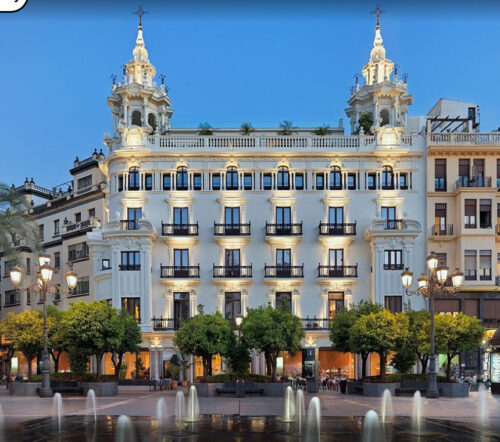An early start today with a fair distance to cover. El Coto Las Canteras in the hills above Osuna was an opportune time to take a break. An ancient quarry that has been providing building materials since before Roman times. Known as the “Petra of Andalusia,” for its stone reliefs and carved murals, it includes the ruins of the 17th-century Shrine of the Via Sacra.
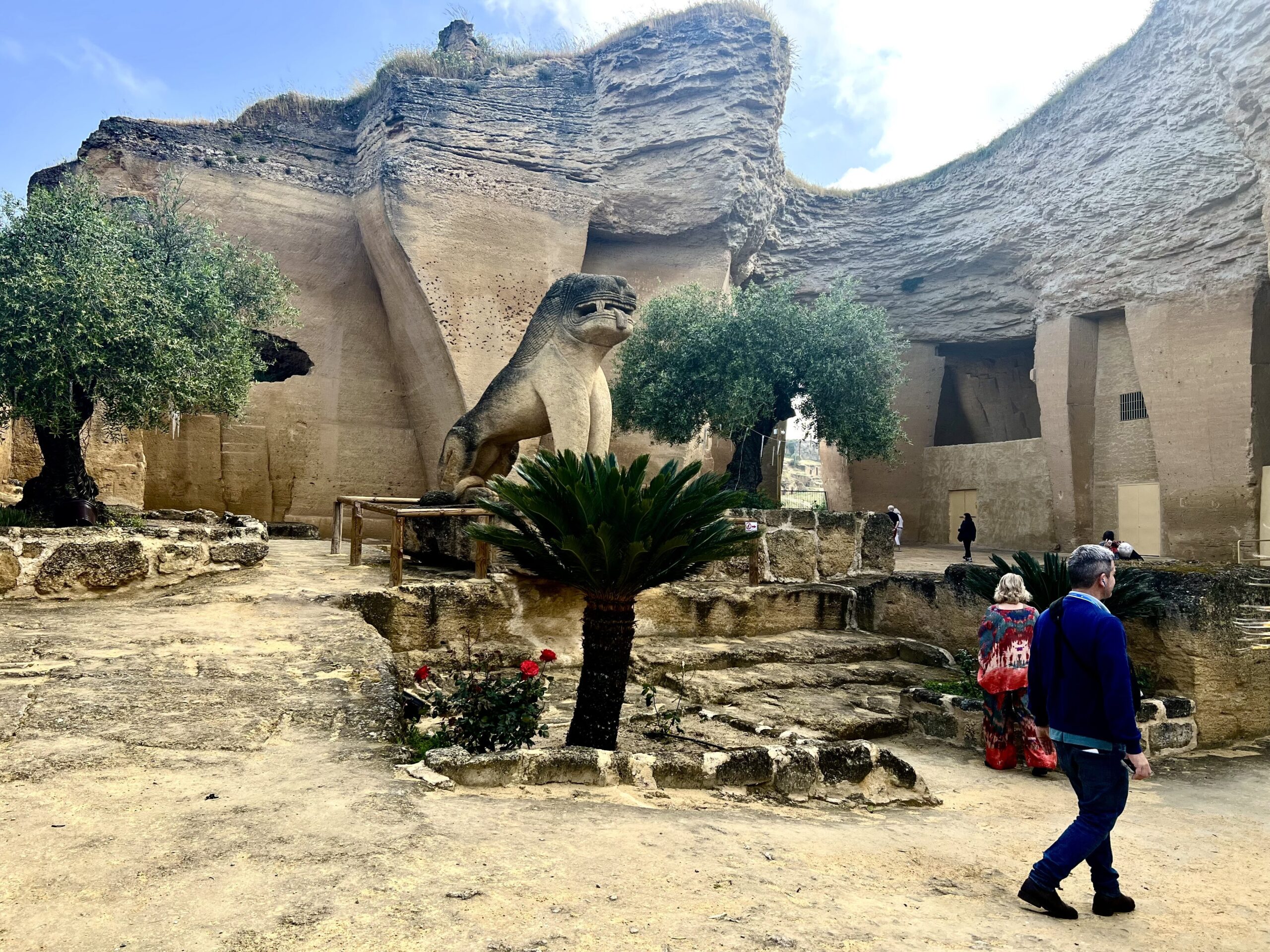
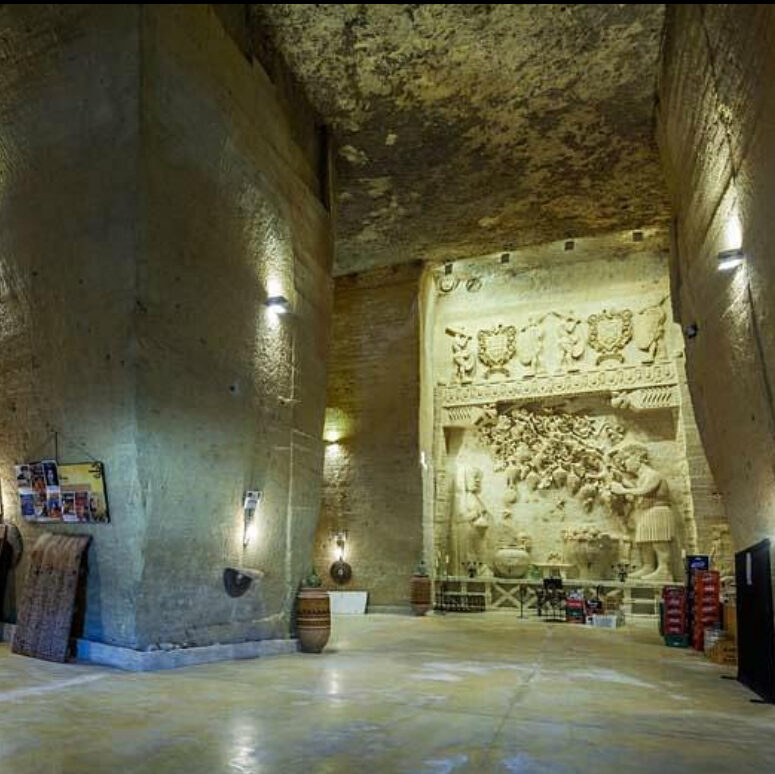
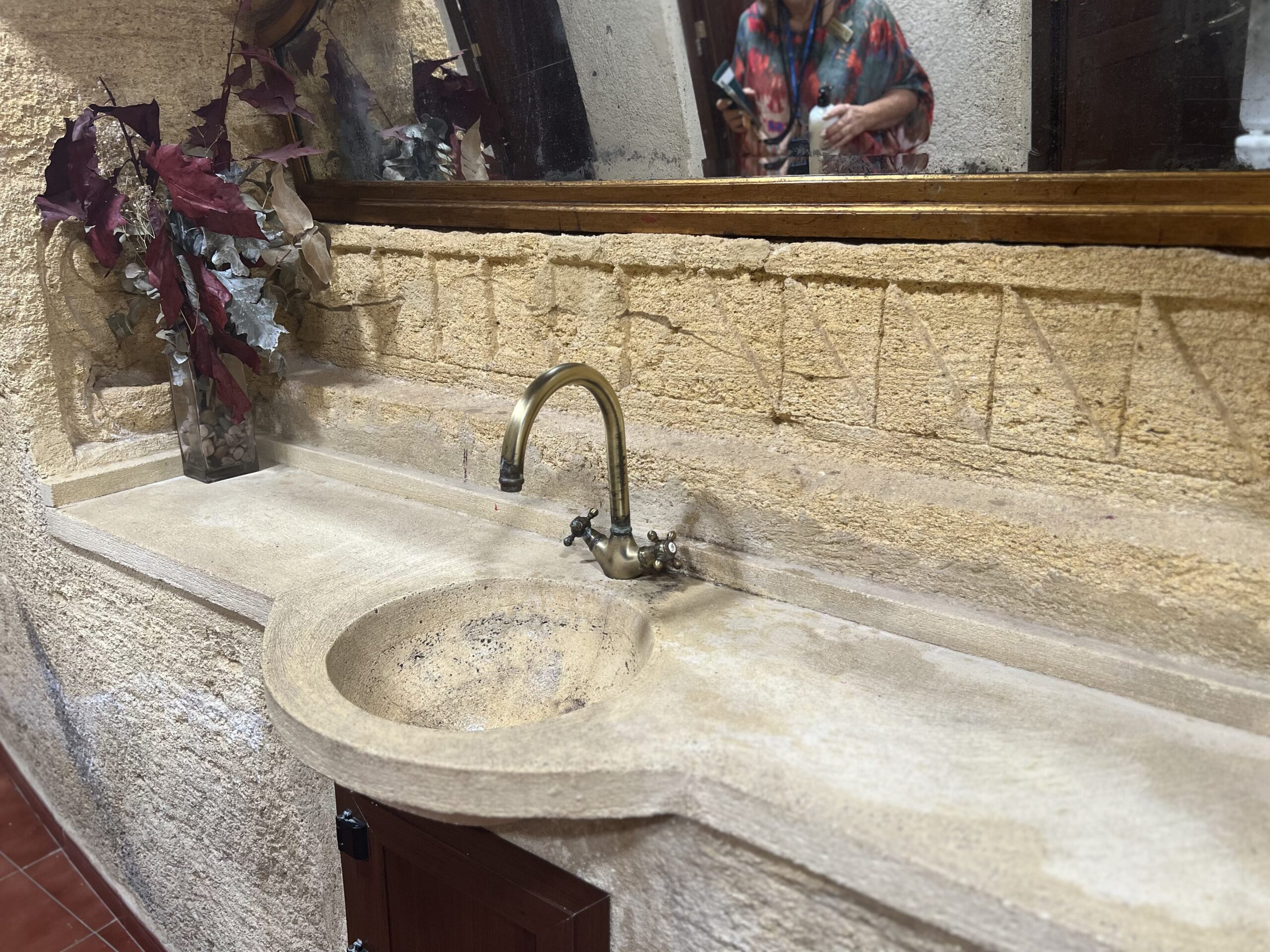
Next stop Osuna, which has one of the best-preserved historic centre in Andalusia. San Pedro Street is one of the most beautiful. This broad and straight street is lined with palaces and stately houses of great splendour. Many of the houses have portals styled along Roman lines, family coats-of-arms over the doors and beautiful wrought-iron balconies.
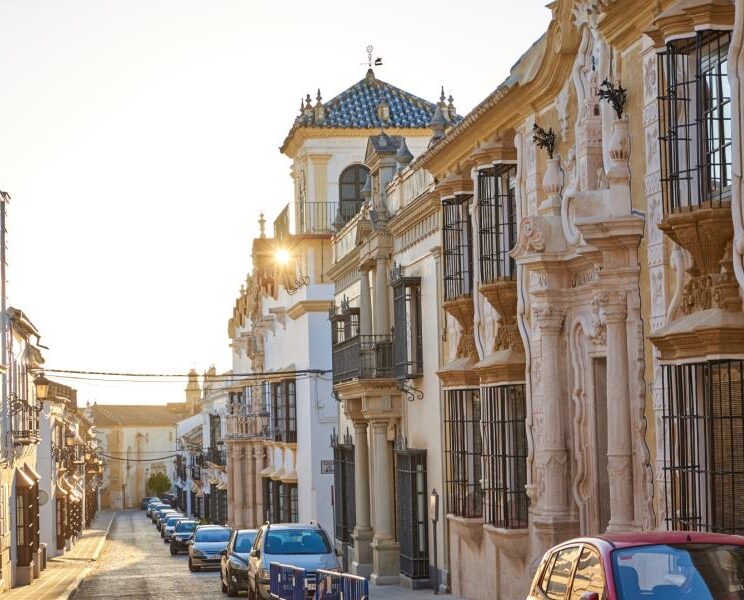
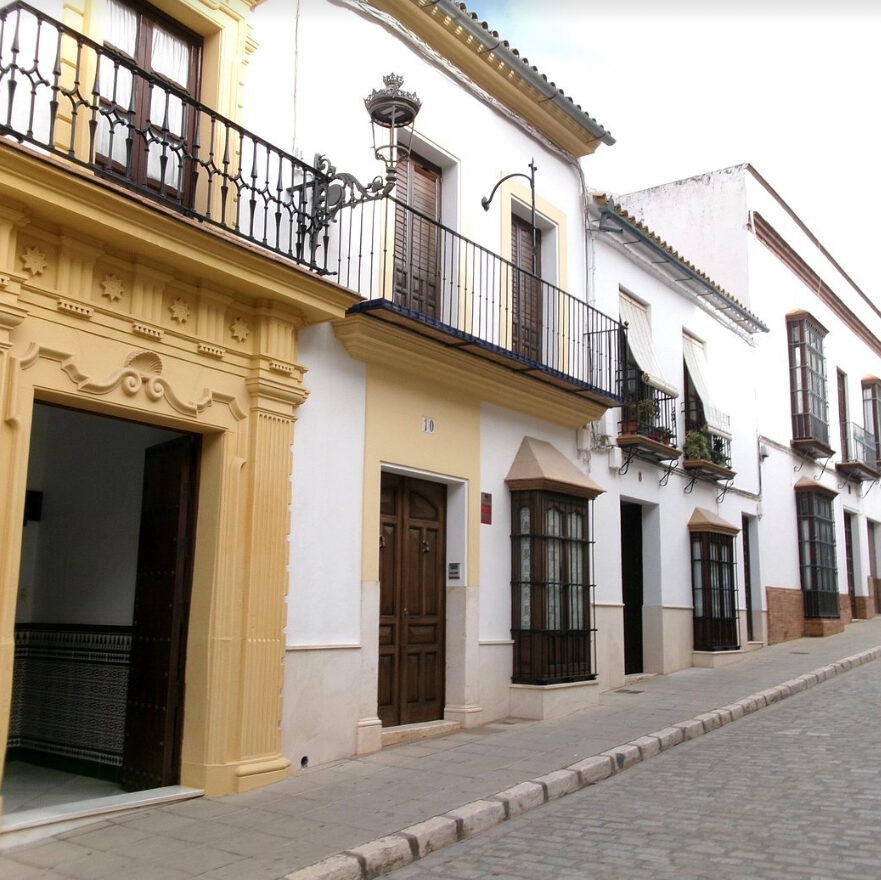
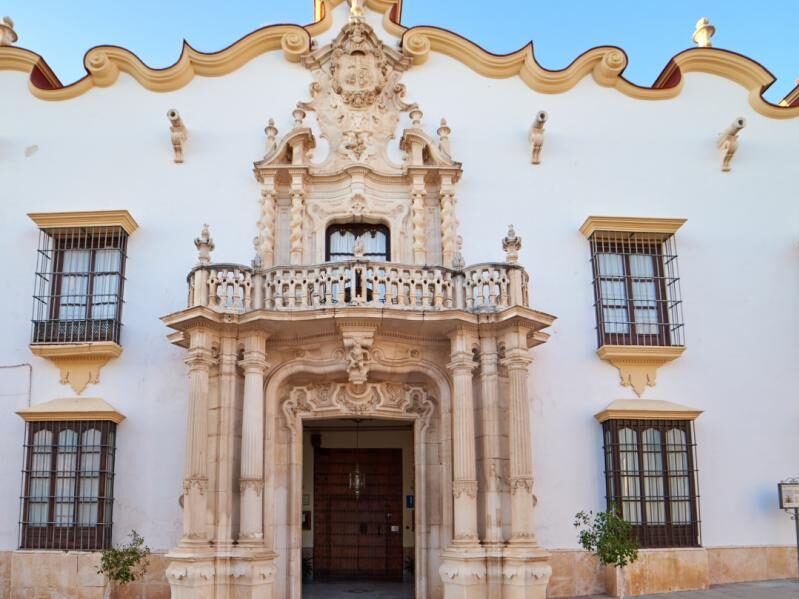
Onwards to Cordoba, stopping to admire the old Roman bridge before entering through the city walls. Some free time to explore Cordoba’s historic center, one of the largest medieval quarters in Europe, and to grab a bite to eat before our scheduled visit to the Mosque Cathedral of Cordoba, (Mezquita).
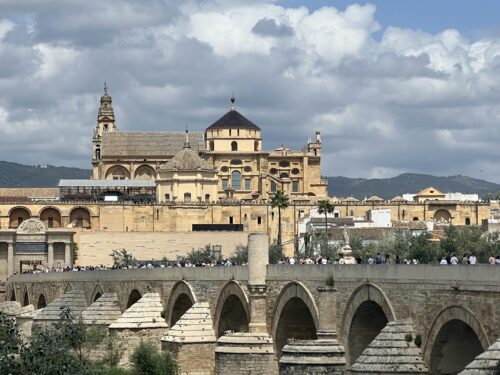
The site has an extraordinarily rich history. It is believed that a temple to the Roman god, Janus, was here originally, until the Visigoths invaded in 572, when it was converted into a church. In 785, the church was converted into a mosque and rebuilt by the last descendant of the exiled Umayyads (a wealthy and powerful clan who formed the first Islamic dynasty before being overthrown in 750).
Exiled to Spain, the last surviving descendant, Prince Abd al-Rahman I, established control over almost all of the Iberian Peninsula and attempted to recreate the grandeur of Damascus in his new capital, Córdoba. He sponsored elaborate building programs, promoted agriculture, and imported fruit trees and other plants from his former home as part of his vision to elevate Cordoba as a center of science, culture, and arts.

The Mosque was expanded by his descendants over the next two hundred years. It comprises of a large hypostyle prayer hall, a courtyard with a fountain in the middle, an orange grove, a covered walkway circling the courtyard, and a minaret (a tower used to call the faithful to prayer) which has been enclosed and is now a bell tower for the Catholic cathedral.
The expansive prayer hall seems magnified by its repeated geometry. It is built with recycled ancient Roman columns of jasper, onyx, marble and granite from which sprout a striking combination of two-tiered, symmetrical arches, formed of stone and red brick.
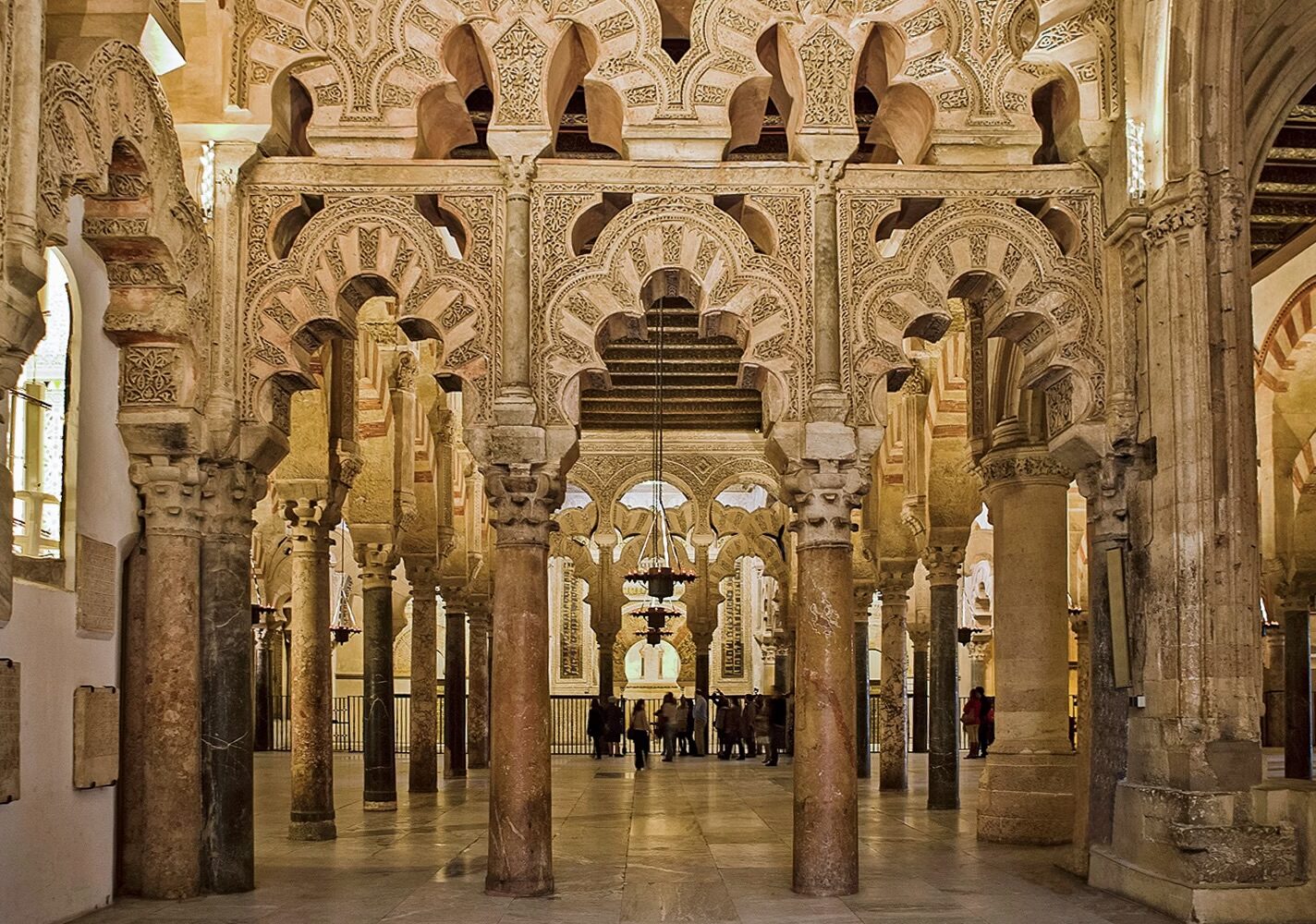
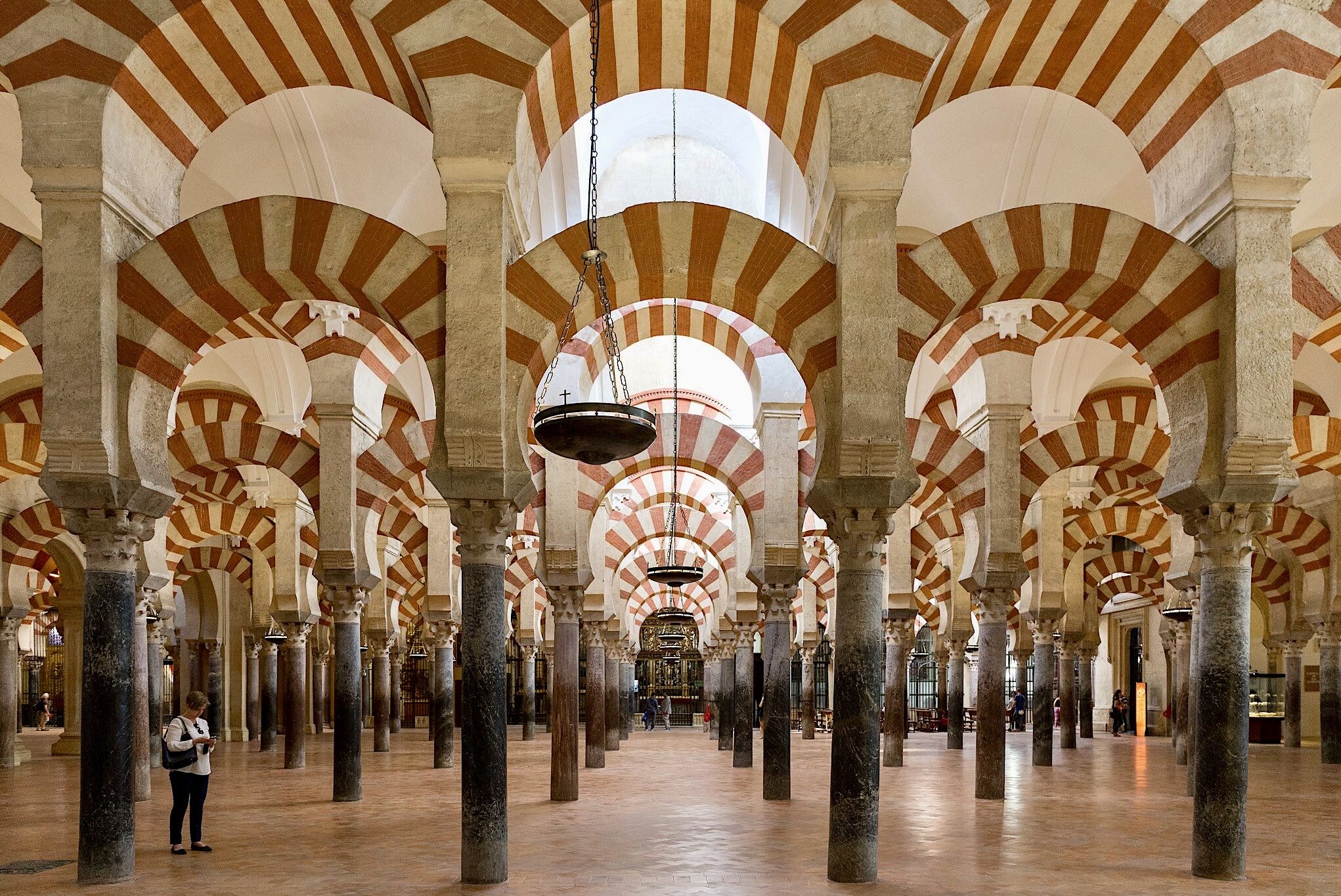
In 1236, Ferdinand III of Castile conquered Cordoba, leading to the reconversion of the Mosque-Cathedral into a Christian church. Rather than demolishing it, Christian rulers opted to preserve and enhance its beauty with new spaces and monuments.

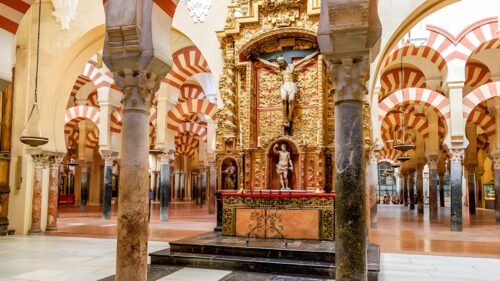
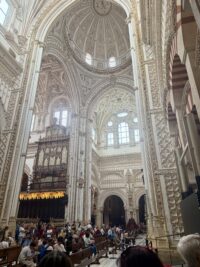
Altogether a fascinating part of the history of this part of the world. Our guide was obviously proud of the history and very knowledgeable…….and determined that we should take it all in. We did our best but it was becoming a very long day!
As the bus was unable to navigate the narrow streets it had gone direct to our hotel with our luggage which was now waiting in our rooms. We were assured that it was not a very long walk back to be reunited with our luggage and we could visit some patio entries on the way and have some wine whilst we viewed them.



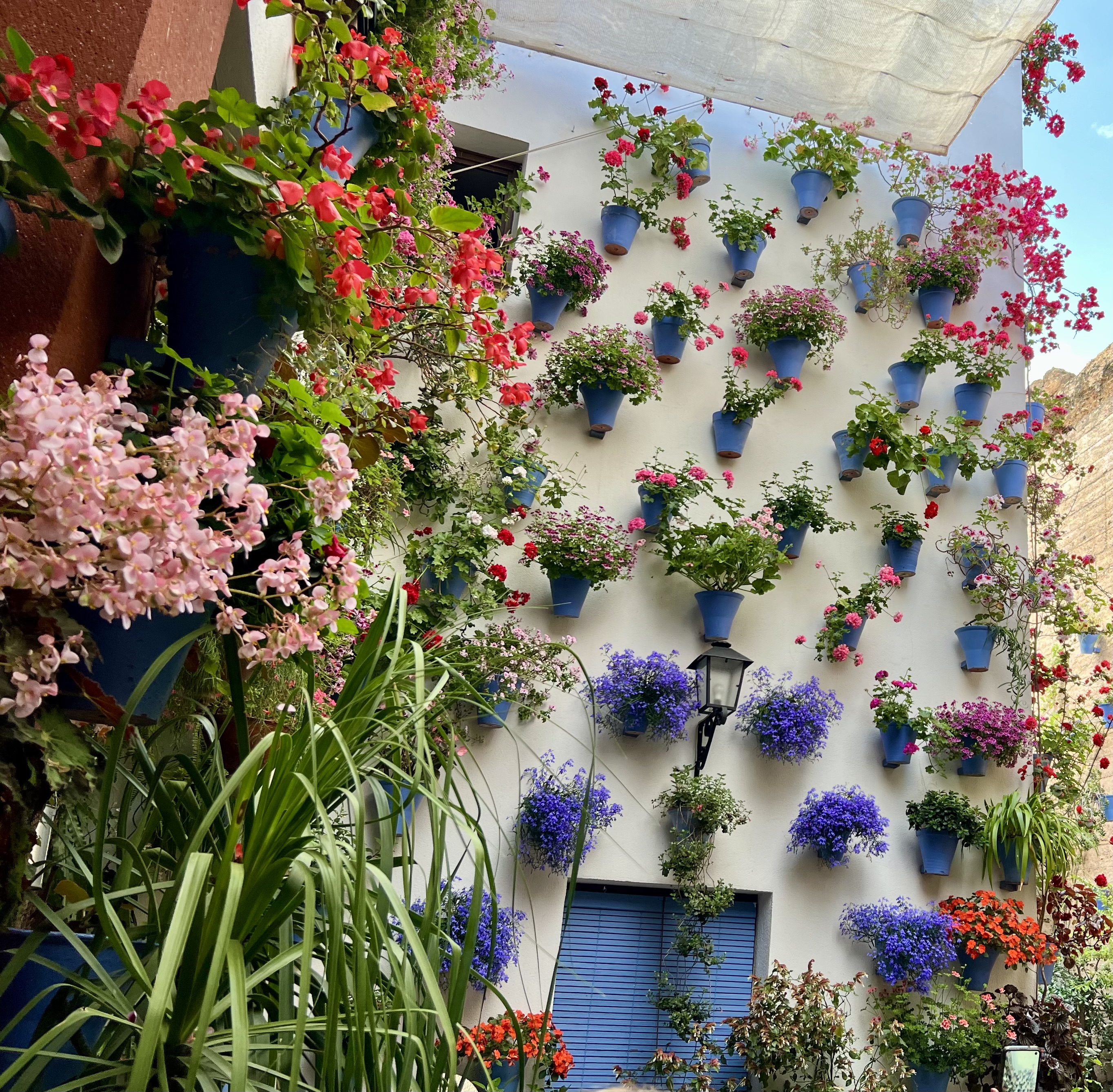
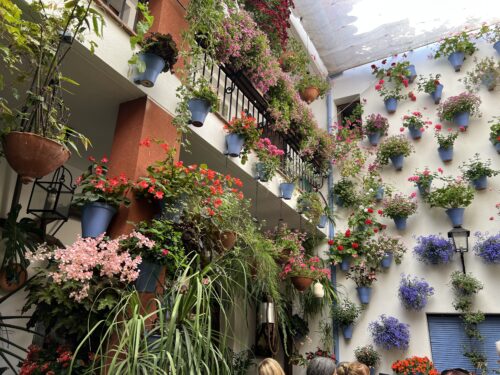

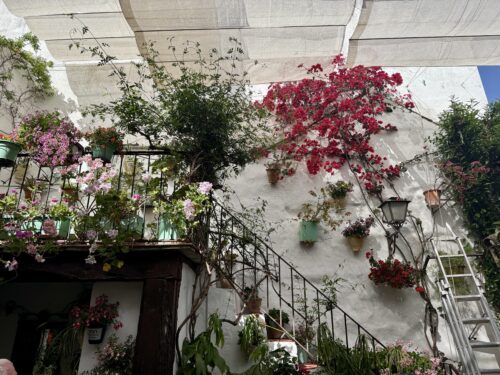
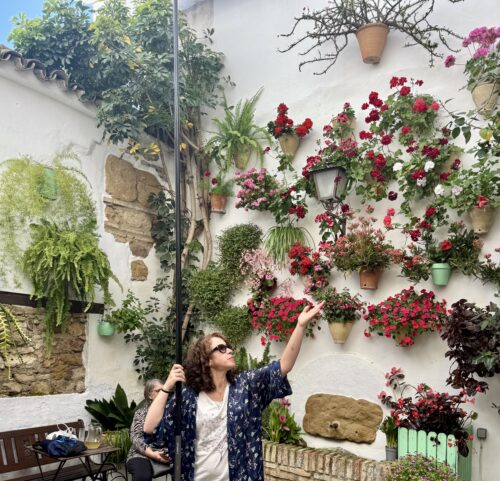
The streets were decorated with window boxes, the patios were lovely and the wine was welcome but not as welcome as the sight of the hotel as we stumbled round the last corner.
